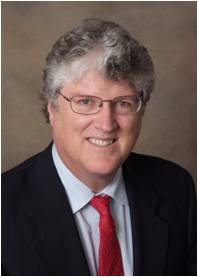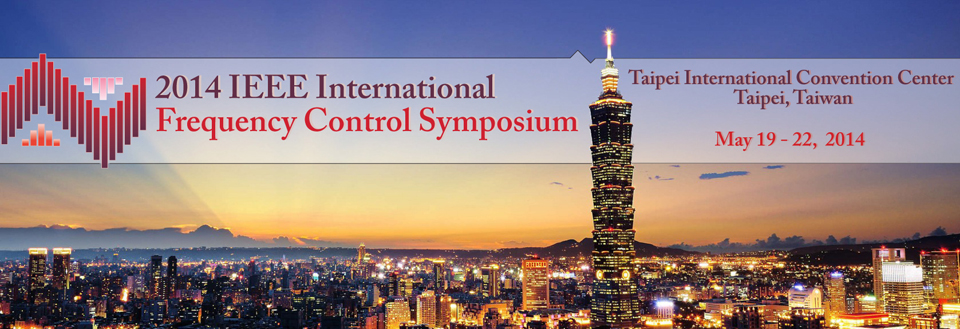"The Rise and Fall(out) of FBAR"
Abstract: Although the first papers on Thin Film Bulk Acoustic Resonators (FBAR) were published in 1980; as a technology worthy of commercialization, FBAR was not immediately a prime candidate. This was due to the large technical obstacles that needed to be overcome (e.g. low Q, choice of materials, uncertain coupling coefficient). Also, there was no obvious path to manufacturability; lastly, the rapid success of SAW filters obviated the perceived need of FBAR. Interest in FBAR devices fell off dramatically by the early ‘90s. That said, perceptions changed with the introduction of the first FBAR duplexer in a cell phone for the PCS band (a North America CDMA band 1850-1910MHz Tx and 1930-1990 MHz Rx) in 2001. As it turns out, it was all about ‘size and performance’.
This talk will start by covering those early days of FBAR leading up to the introduction of the HPMD 7901 (and 7904) duplexer in 2001 and the following duplexer families using an all-silicon, wafer-scale, chip scale package (the ACMD-7401) in 2003. I will give some anecdotes describing the highs and lows of those days: the challenges, the fear of failure and ultimately, the euphoria of seeing the first phone (with FBAR) in a stranger's hands. I will cover the rise of FBAR over the last 12 years, from when we made only 2 to 3 parts per day to well over ten million FBAR (and BAW) made per day. I will also discuss why FBAR grew so quickly, despite the relatively high price of the component.
So, FBAR is successful, perhaps ‘wildly so’. But as FBAR technology begins to saturate the front-end filter needs for cell phones, there is a strong need to explore and expand into adjacent markets, or if no adjacent markets in the mobile space are available, then adjacent technologies that use the unique properties of FBAR resonators. One such field is Time and Frequency. The second half of this talk will explore a vision of how the unique properties of AlN combined with the ability to integrate circuitry to overcome ‘imperfections in an FBAR resonator and to create a better ‘resonator’ that potentially could be disruptive.

Rich Ruby obtained his B.S., MS., and PhD at the University of California, Berkeley in 1977, 1981, and 1984, respectively. His PhD work was in superconductivity. After his graduate work, he joined HP Labs (later to become Agilent Labs, and now Avago Technologies) working on superconductivity, E-beam lithography, X-Ray lithography and packaging. In 1993, he started a project on Free Standing Bulk Acoustic Wave Resonator devices (FBAR) and has stayed with that technology since. He has made many contributions to the development and innovations centered on the acoustic properties, manufacturability and the packaging of FBAR filters and duplexers. Rich was instrumental in commercializing the first FBAR duplexers HPMD7901 and the 7904 in 2001 to 2003. His innovations also led to the first all-silicon, chip-scale packaged FBAR duplexer (the ACMD 7401) introduced in 2004. Today roughly 1.5 to 2 billion FBAR and BAW filters are sold worldwide into the mobile market every year. He was made an Agilent Fellow in 2002 and holds that title as well as Director of Technology at Avago. Rich was also awarded the Barney Oliver Prize, the Bill Hewlett Award, and the CB Sawyer Award for his work on FBAR technology. Rich was made IEEE Fellow in 2010. Rich has over to 80 patents and patents pending in the area of FBAR devices and has given numerous invited papers. FBAR has since won several industrial awards. Rich’s new interests include making the ‘perfect’ resonator and finding new and emerging applications for these novel devices.
